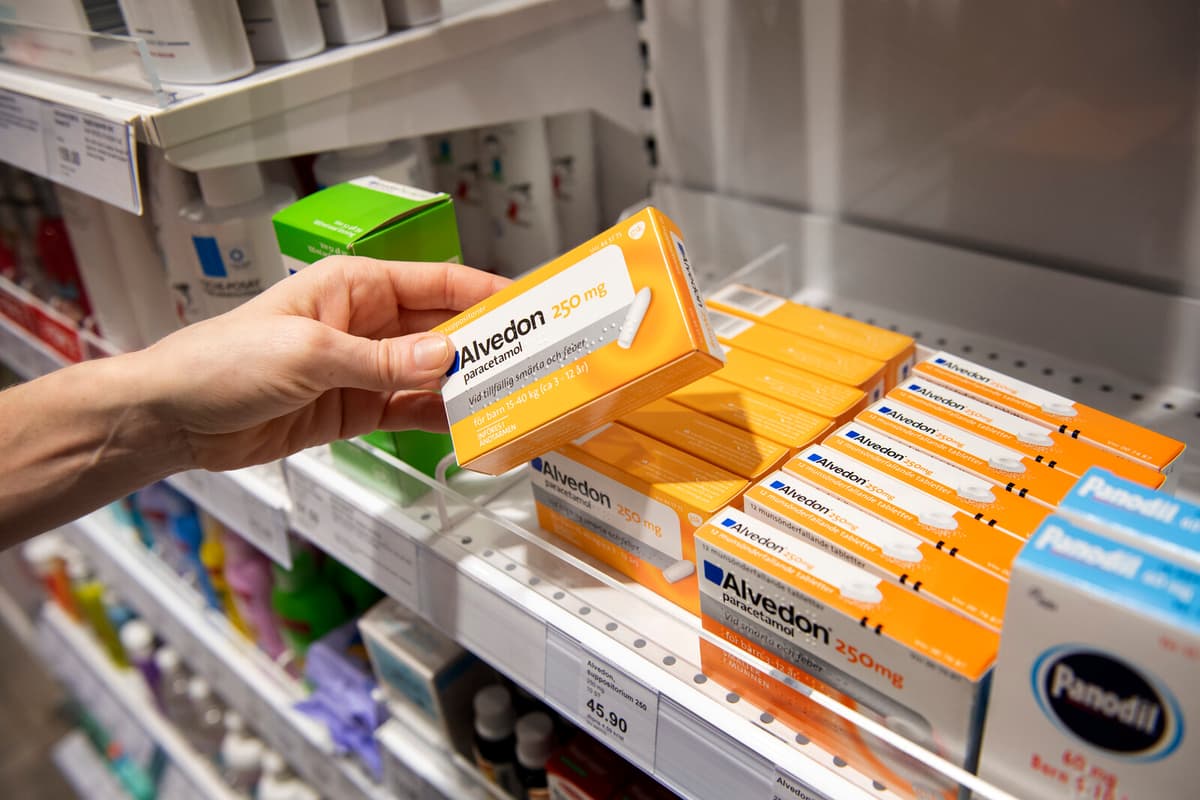In the hope of getting pharmaceutical companies in Europe to move their production to the USA, Donald Trump has flagged that in the long term, he intends to introduce "very high tariffs" on pharmaceuticals, even if the plan initially is a one-year soft start with low tariffs.
At a government meeting in early July, Trump said he envisioned pharmaceutical tariffs of up to 200 percent for companies that have not moved their production to the USA within a year.
Worsens shortage
A message that worries LIF's CEO Sofia Wallström. Pharmaceutical tariffs will have a clear impact on healthcare and the availability of pharmaceuticals here in Sweden, she says.
Healthcare and companies in Sweden are dependent on functioning trade chains. If the tariffs are introduced, the shortage of pharmaceuticals here risks worsening, says Sofia Wallström.
Tariffs on pharmaceuticals exported to the USA can thus threaten the availability of pharmaceuticals here in Sweden, since production often takes place in global chains. A substance such as API - which is found in the pain-relieving pharmaceutical substance paracetamol - is imported from China and India to the USA for further processing and manufacturing. From there, the pharmaceutical can be exported to EU countries.
Tariffs on these raw materials lead to increased costs for the production of pharmaceuticals, which drives up pharmaceutical prices in the USA. If tariffs make exports to the USA more expensive, the entire production chain risks being disrupted or moved. This can lead to certain pharmaceuticals no longer being produced or becoming harder to get in Europe, says Sofia Wallström.
More expensive pharmaceuticals
Trade barriers in the form of tariffs also affect pharmaceutical prices, emphasizes Wallström. Most pharmaceuticals available in Sweden, including life-saving cancer pharmaceuticals, are part of global production and supply chains.
If the EU's pharmaceutical industry has to pay tariffs on substances, intermediate products, or finished pharmaceuticals exported to the USA, production costs as a whole increase and can lead to price increases.
The higher costs need to be taken out somewhere and ultimately affect patients even in Sweden, says Sofia Wallström, who also says she is getting signals that European pharmaceutical companies are now considering moving production to the USA.
But this is a very regulated industry. Moving production is not something you do lightly, she says.
Ebba Blume/TT
Facts: This is the size of Sweden's pharmaceutical exports
TT
Pharmaceutical exports from Sweden have more than doubled in the last ten years. Pharmaceuticals are one of Sweden's largest export goods and account for around 7-8 percent of Sweden's total goods export.
Sweden's pharmaceutical exports reached a value of 151.1 billion kronor in 2024.
45 percent of Sweden's total pharmaceutical exports go to the USA, China, and Germany.
Sweden imports pharmaceuticals from other EU countries such as Germany and Denmark, but also from countries outside the EU.
Sources: LIF and the Medical Products Agency.





